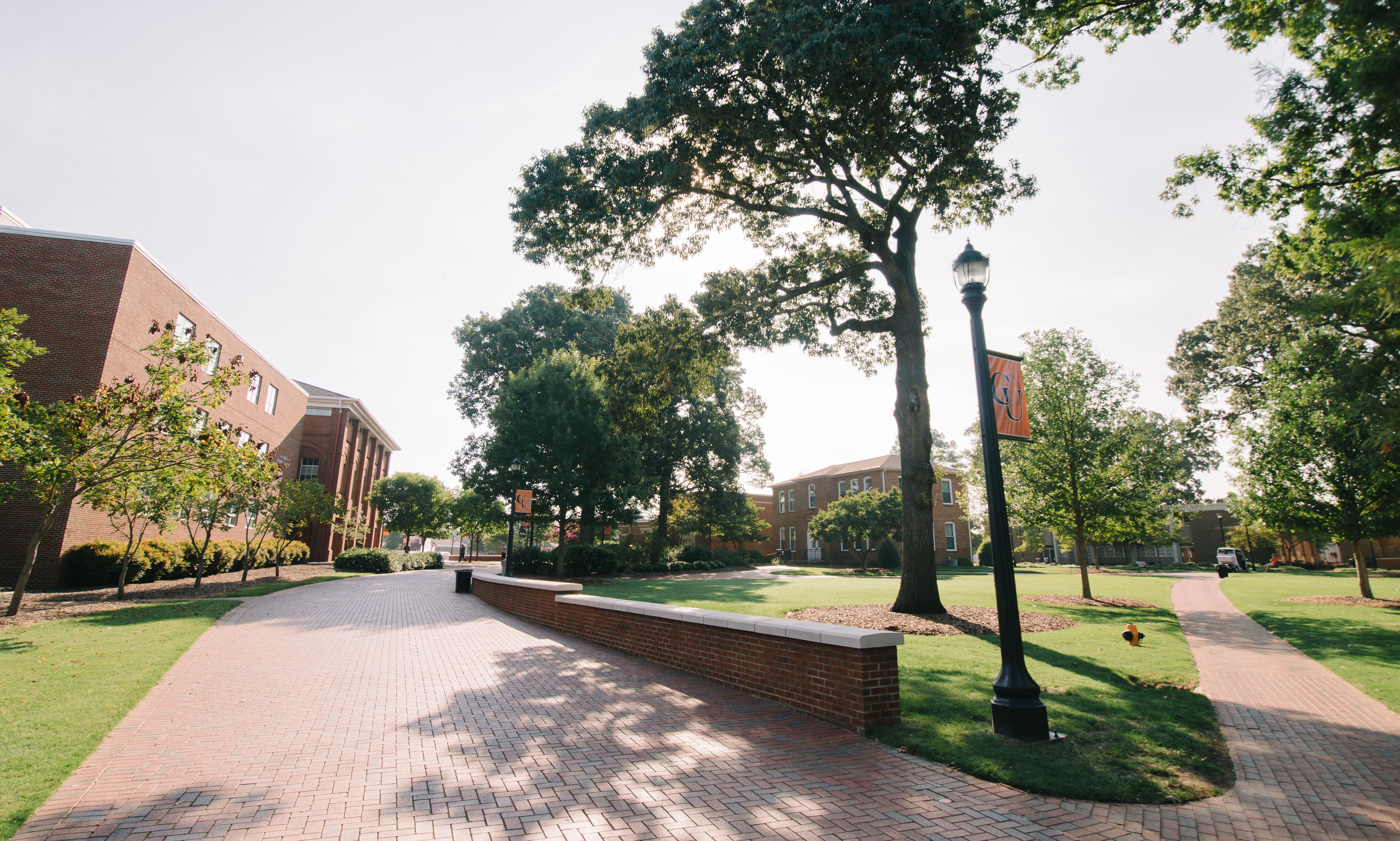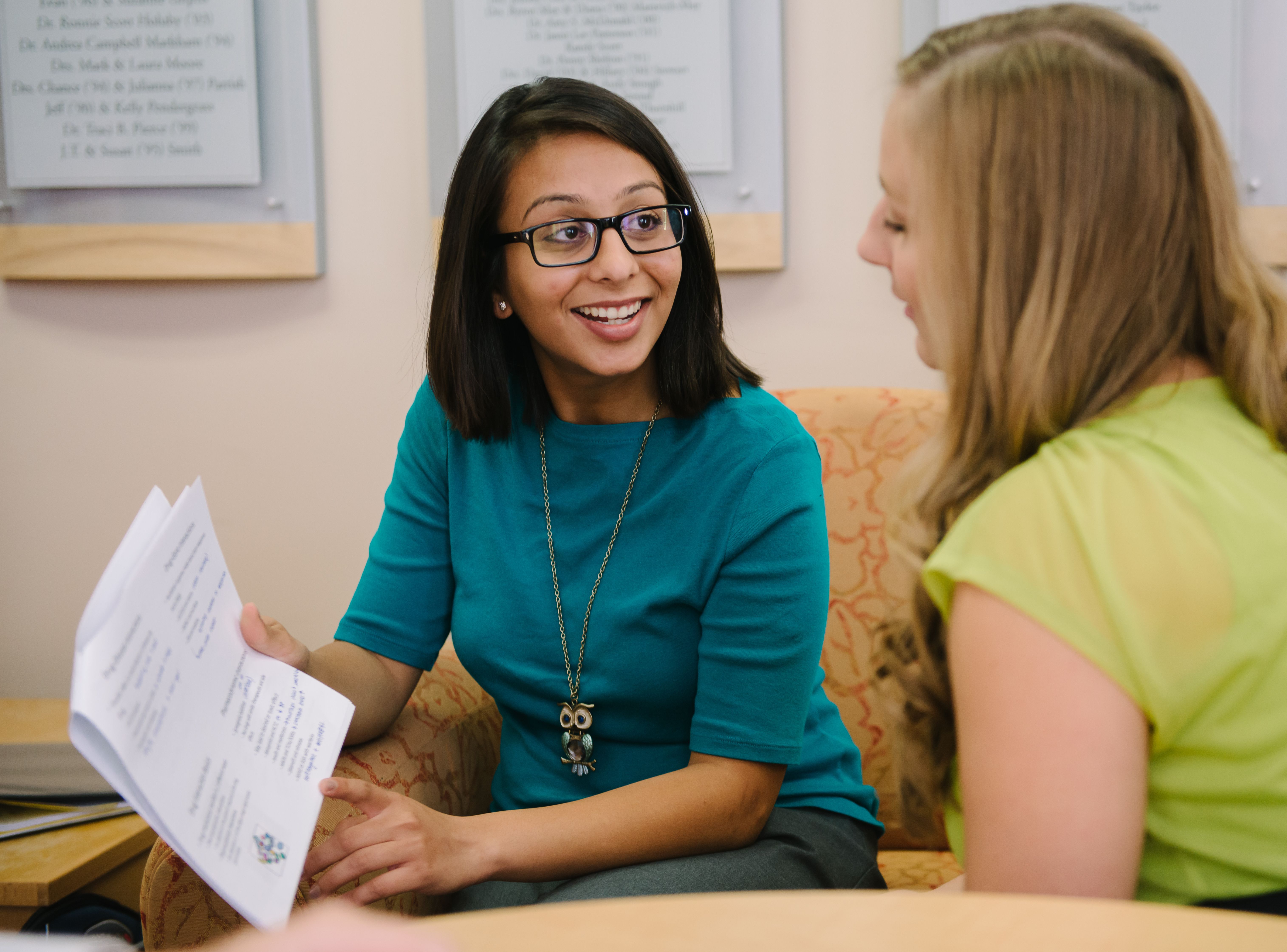Article
Campbell University College of Pharmacy & Health Sciences
Campbell University College of Pharmacy offers students the right tools to become successful pharmacists, Dean Michael L. Adams, PharmD, PhD, told Pharmacy Times.
Founded: 1985
Class Size: Approximately 100
Campbell University College of Pharmacy offers students the right tools to become successful pharmacists, Dean Michael L. Adams, PharmD, PhD, told Pharmacy Times.
This toolbox contains a curriculum that combines basic and pharmaceutical sciences training along with clinical application. It also offers a faculty team with an open door policy, so students are encouraged to connect with their professors outside of the classroom, Dr. Adams said. Lastly, Campbell provides collaboration with other students and faculty in other health sciences programs so that pharmacy students can get an interprofessional education.
Campbell’s 4-year Doctor of Pharmacy degree program is the college’s largest program. Students can also take advantage of 4 dual-degree programs in business administration, clinical research, pharmaceutical sciences, or public health.

Campbell’s students saw a 94.79% first-time passage rate on the North American Pharmacist Licensure Examination in 2014, and 92.5% of students complete the degree program in 4 years. In addition, Campbell’s pharmacy students have a 99% first-time pass rate for core required rotations and clinical competency clearance.
Students attend class in a 42,000-square-foot facility with classrooms, breakout rooms, lecture halls, a faculty resource center, laboratory space, and professional association rooms.
What is unique about your school/program?
We encourage our students to explore the health care industry as a whole. Through our interprofessional education initiative, our students are provided the opportunity to attend seminars, case studies, and social events where they can interact with students and faculty members from the other health sciences programs at Campbell. Through these events, we aim to demonstrate the value each health care provider role has to each other, as well as the patient.
What are some community outreach activities or programs the school participates in? What volunteer opportunities are available to students?
Community outreach and volunteering are vital to the success of our program. We have incorporated service hours into our curriculum throughout a student’s time with us, and many of our student organizations have dedicated projects each year to helping the community including Operation Inasmuch and Tour de Cure.
What opportunities do students have for internships or co-ops?
Our students are introduced to the experiential portion of the curriculum gradually. After the first and second years of didactic instruction, students spend 1 month of their summer break on rotation for Introductory Pharmacy Practice Experiences. After the third year of didactic instruction, students spend 9 months on clinical rotations (advanced pharmacy practice experience) in hospitals, clinics, pharmacies throughout the state of North Carolina, and sometimes beyond.
We have been able to provide opportunities for specialized, missions-focused pharmacy, and interprofessional rotations. In addition to traditional pharmacy practice rotations, we provide opportunities for students to work with preceptors in hospital administration and academic settings.

Your patients will benefit from your passion for the profession, so look for opportunities to learn and grow in every professional experience you have. Continued professional development and change management will be critical to your success in the profession. Don’t be afraid to ask questions or challenge the status quo to move the profession forward or to provide the best outcomes for the patient.
Newsletter
Stay informed on drug updates, treatment guidelines, and pharmacy practice trends—subscribe to Pharmacy Times for weekly clinical insights.






